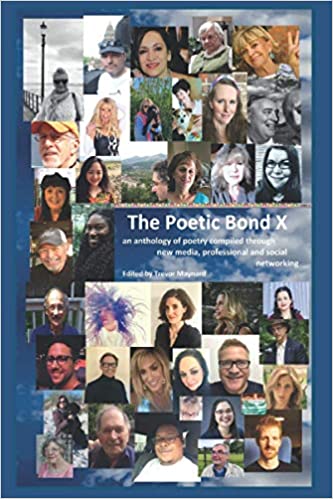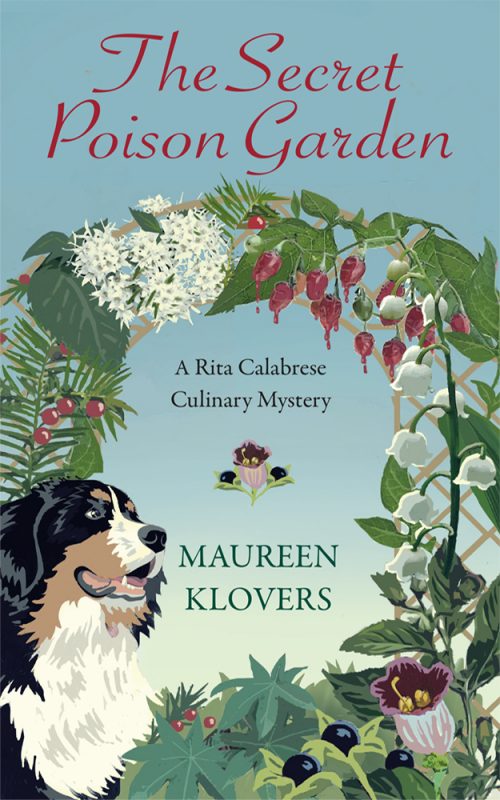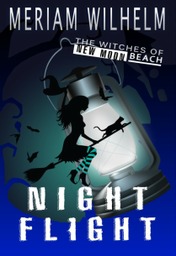Gothic Romance– Alive and Well in 2015?
October 13, 2015 by A Slice of Orange in category Archives tagged as Connie Vines, Dracula, Gothic Castles, Gothic Romance, Halloween, JaneEyre, Rodeo RomanceIs the Gothic Romantic Novel Dead?
Gothic literature has some element of horror in it, something terrifying, spooky, or horrific. It also often has mysterious elements, sometimes supernatural or dream-like qualities. These stories often take place in a spooky, dark, confined space like an ancient castle or empty manor house, a crypt, or a damp cellar. The themes of guilt and sin repeatedly appear in gothic literature, usually in reference to some crime committed or secrets kept.
Popular gothic authors include Edgar Allan Poe, Charles Brockden Brown, Mary Shelley, Ann Radcliffe, and William Beckford.
Other famous examples of Gothic literature include The Strange Case of Dr. Jekyll and Mr. Hyde and Dracula. Since the Gothic novel has branched off into numerous sub-genres, I am speaking of the Gothic in English literature ( classic texts) that created the building blocks for what we know as Gothic today.
My personal favorite (as well as Dracula) is Jane Eyre, In this example, we discover the Gothic can also refer to stories involving strange and troubling events that, while they have logical, natural explanations, seem to originate from unexpected forces. Charlotte Bronte employs this element of the Gothic in Jane Eyre, published in 1847. While living in Thornfield Hall as a governess, Jane frequently hears strange noises and laughter coming from the third story of the mansion that no one will explain, and odd things keep happening in the dead of night, such as her master Mr. Rochester’s bed catching fire, and the attack on a guest. We later discover the force behind these events is his insane wife.
Characteristics of the Gothic Novel
- Gloomy, decaying setting (haunted houses or castles with secret passages, trapdoors, and other mysterious architecture)
- Supernatural beings or monsters (ghosts, vampires, zombies, giants)
- Curses or prophecies
- Damsels in distress
- Heroes
- Romance
- Intense emotions
Today, however, there are also a ‘new’ brand of Gothic Novels. Southern Gothic is a subgenre of the gothic novel, unique to American literature.
Southern Gothic is like its parent genre in that it relies on supernatural, ironic, or unusual events to guide the plot. It is unlike its parent genre in that it uses these tools not solely for the sake of suspense, but also to explore social issues and reveal the cultural character of the American South.
The Wilderness Gothic, Suburban Gothic, Space Gothic, and Fantasy Gothic sub genres are also finding a place under the umbrella of 21st century Gothic stories, novels and novellas .
As a long time member of OCC/RWA, I am published in contemporary romance, romantic suspense, and YA historical sweet romance. However, I am also the president of RWA Gothic Chapter (GothRom) of Romance Writers.
If you’d like to learn more about this romantic genre please visit one or more of these links:
http://www.bbc.co.uk/timelines/zyp72hv A time line and more information about Gothic Literature via BBC.
https://en.wikipedia.org/wiki/Gothic_fiction
Thank you for stopping by to visit my blog post here At “A Slice of Orange“.
Connie Vines
To learn more about writing a Gothic Romance (the perfect October blog topic), please visit the GothRom Chapter of RWA.
 |
| http://gothrom.net |
The Power of Emotion by Connie Vines
August 13, 2015 by A Slice of Orange in category Archives tagged as A Slice of Orange, Cajun Romance, Connie Vines, Emotion, H.O.L.T. Medallion, Native American Romance, Rodeo Romance, Writing Emotion|
synonyms:
|
|
synonyms:
|
|
Blog.
Please stop by next month.
 |
| Fall Release: BWL, Ltd. |
 |
| Novella, BWL, Ltd., current release |
Affiliate Links
A Slice of Orange is an affiliate with some of the booksellers listed on this website, including Barnes & Nobel, Books A Million, iBooks, Kobo, and Smashwords. This means A Slice of Orange may earn a small advertising fee from sales made through the links used on this website. There are reminders of these affiliate links on the pages for individual books.
Search A Slice of Orange
Find a Column
Archives
Featured Books
A PERFECT ROMANCE
Side by side on the fateful night of the Titanic disaster . . .
More info →TWO BITES TOO MANY
Far from a domestic goddess, Sarah Blair would rather catch bad guys than slave over a hot stove. But when a dangerous murder boils over in Wheaton, Alabama, catching the killer means leaving her comfort zone …
More info →THE SECRET POISON GARDEN
Rita Calabrese finds her newfound journalistic zeal on a collision course with her fierce maternal instinct.
More info →NIGHT FLIGHT
Olivia Merriman’s witchy wiring has all gone haywire and if she doesn’t get it under control soon she’s going to lose her boyfriend, her magic and a whole lot more!
More info →Newsletter
Contributing Authors
Search A Slice of Orange
Find a Column
Archives
Authors in the Bookstore
- A. E. Decker
- A. J. Scudiere
- A.J. Sidransky
- Abby Collette
- Alanna Lucus
- Albert Marrin
- Alice Duncan
- Alina K. Field
- Alison Green Myers
- Andi Lawrencovna
- Andrew C Raiford
- Angela Pryce
- Aviva Vaughn
- Barbara Ankrum
- Bethlehem Writers Group, LLC
- Carol L. Wright
- Celeste Barclay
- Christina Alexandra
- Christopher D. Ochs
- Claire Davon
- Claire Naden
- Courtnee Turner Hoyle
- Courtney Annicchiarico
- D. Lieber
- Daniel V. Meier Jr.
- Debra Dixon
- Debra H. Goldstein
- Debra Holland
- Dee Ann Palmer
- Denise M. Colby
- Diane Benefiel
- Diane Sismour
- Dianna Sinovic
- DT Krippene
- E.B. Dawson
- Emilie Dallaire
- Emily Brightwell
- Emily PW Murphy
- Fae Rowen
- Faith L. Justice
- Frances Amati
- Geralyn Corcillo
- Glynnis Campbell
- Greg Jolley
- H. O. Charles
- Jaclyn Roché
- Jacqueline Diamond
- Janet Lynn and Will Zeilinger
- Jeff Baird
- Jenna Barwin
- Jenne Kern
- Jennifer D. Bokal
- Jennifer Lyon
- Jerome W. McFadden
- Jill Piscitello
- Jina Bacarr
- Jo A. Hiestand
- Jodi Bogert
- Jolina Petersheim
- Jonathan Maberry
- Joy Allyson
- Judy Duarte
- Justin Murphy
- Justine Davis
- Kat Martin
- Kidd Wadsworth
- Kitty Bucholtz
- Kristy Tate
- Larry Deibert
- Larry Hamilton
- Laura Drake
- Laurie Stevens
- Leslie Knowles
- Li-Ying Lundquist
- Linda Carroll-Bradd
- Linda Lappin
- Linda McLaughlin
- Linda O. Johnston
- Lisa Preston
- Lolo Paige
- Loran Holt
- Lyssa Kay Adams
- Madeline Ash
- Margarita Engle
- Marguerite Quantaine
- Marianne H. Donley
- Mary Castillo
- Maureen Klovers
- Megan Haskell
- Melanie Waterbury
- Melissa Chambers
- Melodie Winawer
- Meriam Wilhelm
- Mikel J. Wilson
- Mindy Neff
- Monica McCabe
- Nancy Brashear
- Neetu Malik
- Nikki Prince
- Once Upon Anthologies
- Paula Gail Benson
- Penny Reid
- Peter Barbour
- Priscilla Oliveras
- R. H. Kohno
- Rachel Hailey
- Ralph Hieb
- Ramcy Diek
- Ransom Stephens
- Rebecca Forster
- Renae Wrich
- Roxy Matthews
- Ryder Hunte Clancy
- Sally Paradysz
- Simone de Muñoz
- Sophie Barnes
- Susan Squires
- T. D. Fox
- Tara C. Allred
- Tara Lain
- Tari Lynn Jewett
- Terri Osburn
- Tracy Reed
- Vera Jane Cook
- Vicki Crum
- Writing Something Romantic
Affiliate Links
A Slice of Orange is an affiliate with some of the booksellers listed on this website, including Barnes & Nobel, Books A Million, iBooks, Kobo, and Smashwords. This means A Slice of Orange may earn a small advertising fee from sales made through the links used on this website. There are reminders of these affiliate links on the pages for individual books.










































